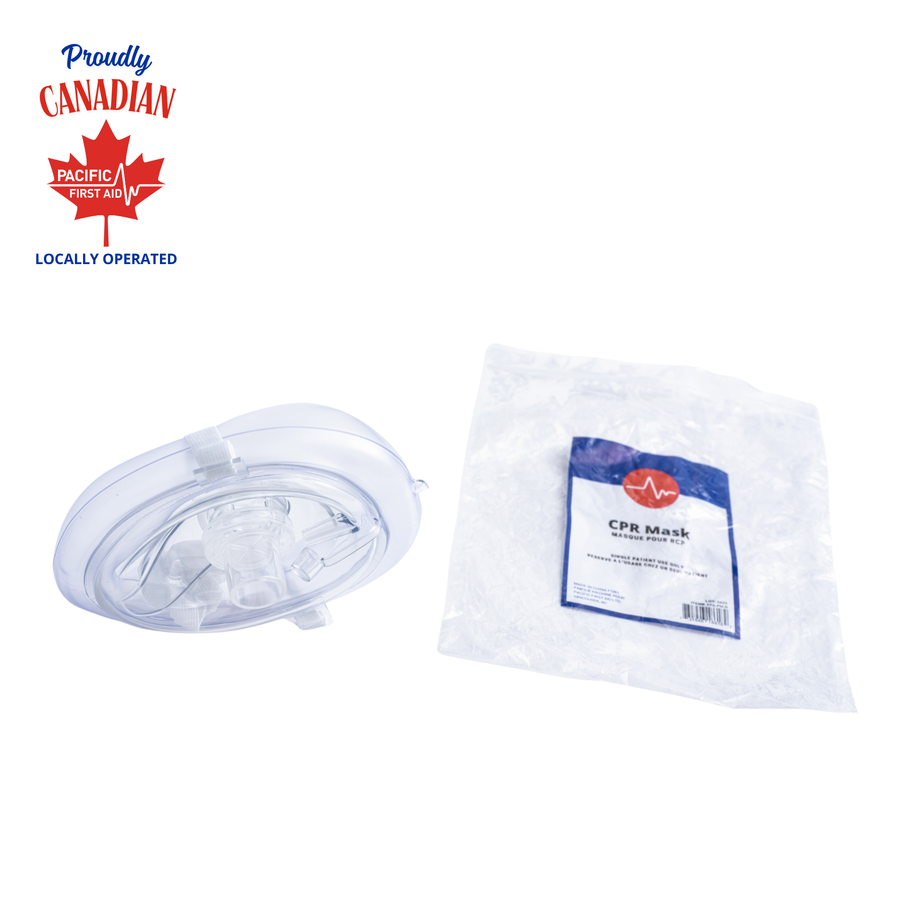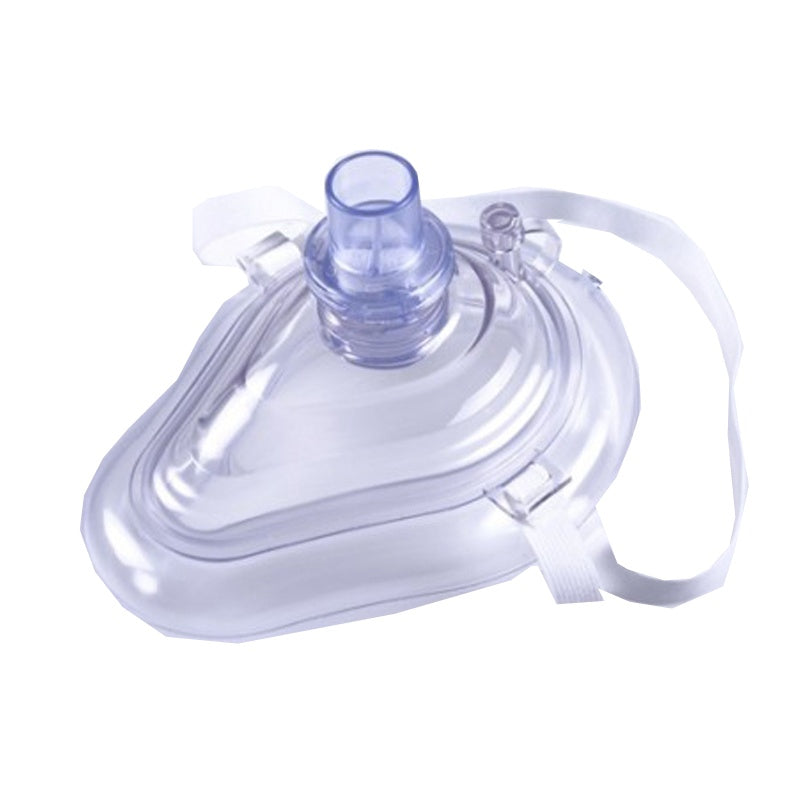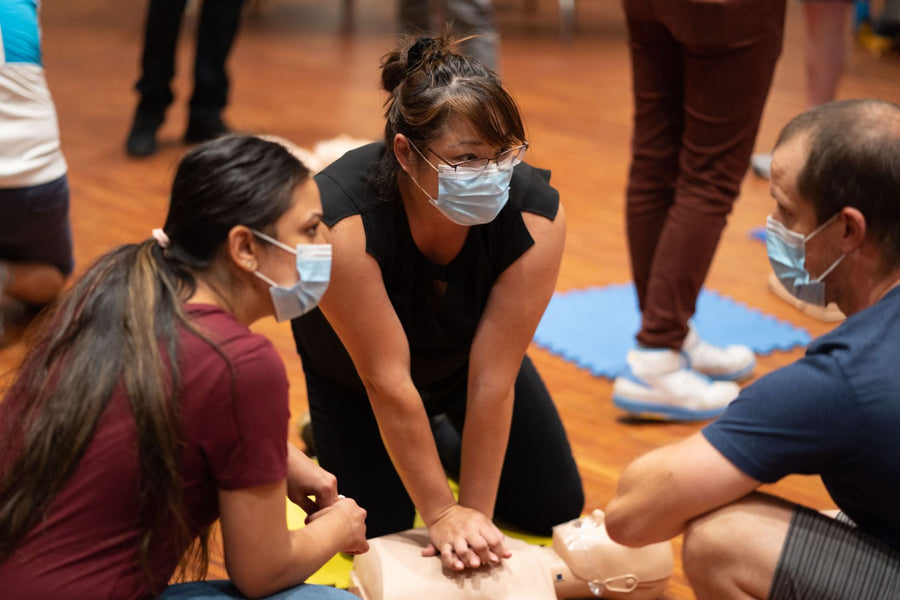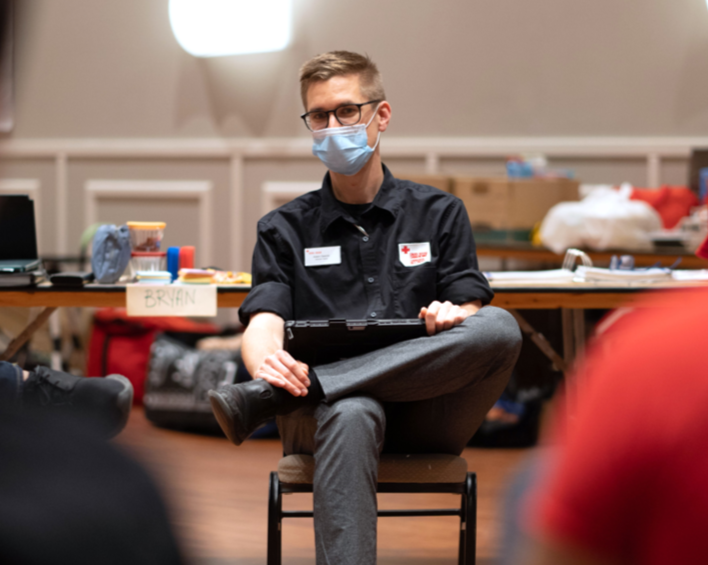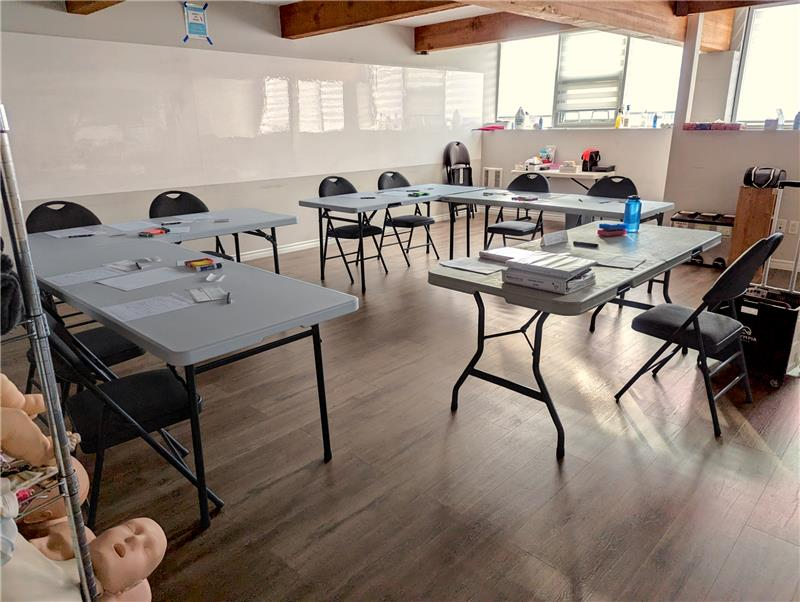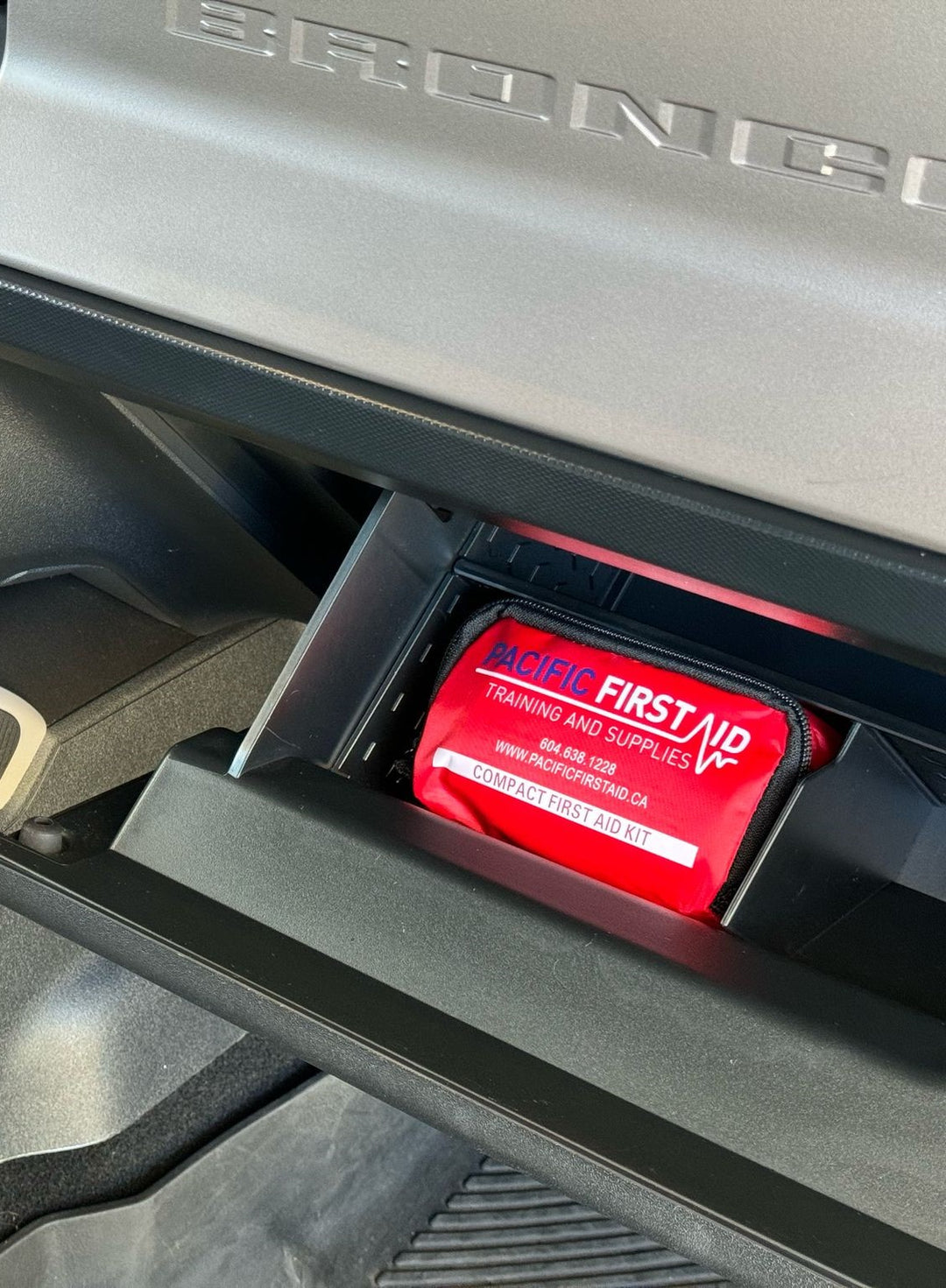
Mastering First Aid: Essential Tips for Every Situation
Welcome to Pacific First Aid's comprehensive guide to mastering essential first aid skills!
Accidents and emergencies can strike at any time, in any place, and having a solid foundation in first aid could mean the difference between life and death.
In this detailed blog post, we'll delve into a variety of first aid scenarios and provide practical tips to equip you with the knowledge and confidence to respond effectively. Let's dive in!
- Assess the Situation: Before springing into action, it's crucial to assess the situation thoroughly. Ensure your safety and that of others by scanning the environment for potential hazards such as traffic, fire, or unstable structures. Once you've determined it's safe to approach, evaluate the nature and severity of the injuries.
- Call for Help: Promptly calling for professional medical assistance is paramount in any emergency. Dial emergency services (such as 911) and clearly communicate pertinent details, including the location and nature of the injuries. Remember, time is of the essence in emergencies, so don't hesitate to make the call.
- Perform CPR (Cardiopulmonary Resuscitation): If you encounter an unconscious individual who is not breathing normally, initiating CPR could sustain blood flow and oxygenation until medical help arrives. Remember the ABCs of CPR: Airway, Breathing, and Circulation. If you're trained in CPR, administer rescue breaths and chest compressions. If untrained, perform hands-only CPR (chest compressions) until help arrives.
- Control Bleeding: In cases of severe bleeding, applying direct pressure to the wound with a clean cloth or bandage is crucial. Elevate the injured limb if possible to help reduce blood flow. Maintain pressure until the bleeding stops or professional medical assistance arrives. Avoid removing any objects lodged in the wound, as it could exacerbate bleeding.
- Treat Burns: When confronted with minor burns, immediately cool the affected area under cold running water for at least 10 minutes to alleviate pain and reduce swelling. Cover the burn with a sterile, non-adhesive dressing to prevent infection. For severe burns or those covering a large area, seek immediate medical attention.
- Recognize and Respond to Choking: If someone is choking and unable to speak or cough, perform the Heimlich maneuver promptly. Stand behind the individual, wrap your arms around their waist, and deliver quick upward thrusts to the abdomen until the obstructing object is dislodged.
- Manage Fractures and Sprains: Immobilizing the injured limb with a splint is crucial to prevent further movement and minimize pain. Apply ice packs wrapped in a cloth to reduce swelling, and elevate the limb if feasible. Seek professional medical evaluation and treatment for fractures and severe sprains.
- Stay Calm and Reassure: Maintaining a calm demeanor and offering reassurance to the injured individual can significantly alleviate anxiety and panic. Speak calmly, provide reassurance, and assure them that help is on the way.
These essential first aid tips serve as a foundational guide for effectively responding to emergencies. However, mastering first aid requires practical training and hands-on experience.
Consider enrolling in certified first aid courses to gain comprehensive knowledge and confidence in responding to various emergency scenarios. Remember, preparedness and quick action can make a lifesaving difference in critical moments.
Stay safe, stay informed, and empower yourself with the invaluable skills of first aid.
Discover more about our certified first aid courses and training programs at Pacific First Aid.

